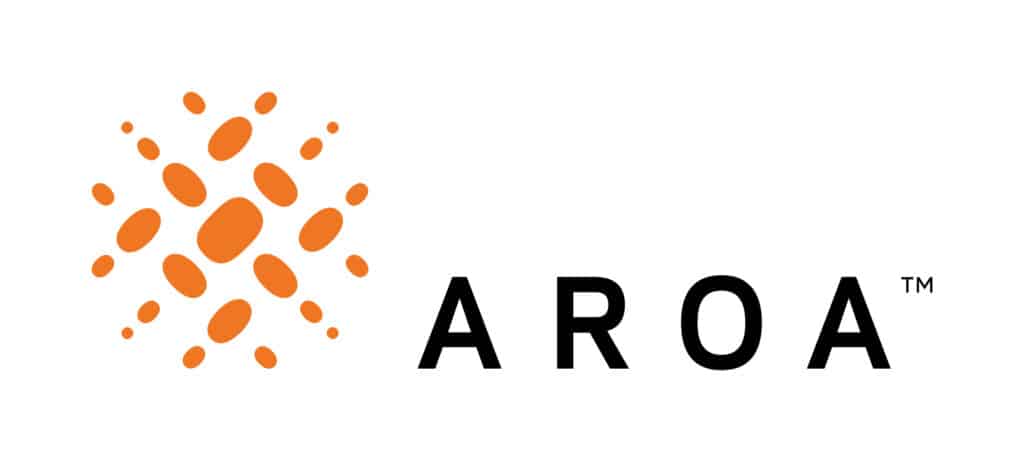Net Health ® Clinical Trials | Case Study
[bws_pdfprint display=’print’]
Net Health’s Data Helps AROA Biosurgery Show Superiority of Its Novel Wound Care Product

The Challenge
AROA Biosurgery was at a crossroads. The New Zealand-based company was confident its soft-tissue regeneration product, Endoform™ Natural, was superior to existing collagen dressings for treating diabetic foot ulcers (DFUs). But how best to prove it?
The potential for the product was enormous. Research indicates that up to one-third of the half billion people with diabetes worldwide will develop a DFU over the course of their lifetime.1 In the U.S., DFUs are the leading cause of non-traumatic amputations and are estimated to cost the health care system $9-$13 billion annually.2, 3
AROA knew a traditional randomized control trial (RTC) would be costly and time-consuming, and still not reflect the patient population treated by wound care providers. What it needed was access to a repository with data on Endoform™ Natural’s use in a wide range of clinical situations.
“We wanted to present a study built on real-world data (RWD), as opposed to the more traditional, yet rigid, RCT approach,” explained Barnaby May, PhD, AROA’s Chief Scientific Officer. “Our goal was to present clinical evidence comparing our product to the standard-of-care collagen/ORC (oxidized regenerated cellulose) dressing.”
What is Endoform?
Endoform is one of many AROA products developed from the company’s proprietary extracellular matrix (ECM) biomaterial, which is derived from ovine forestomach. The ECM provides a protein-rich “bio-scaffold” that stimulates healing in complex, chronic wounds and soft tissue reconstruction. Endoform Natural is the first widely accessible ECM-based product available to wound care professionals.
The Solution
Dr. May was familiar with Net Health and their Data Solutions division specializing in wound care. He thought it could provide the type and amount of data such research required.
“We could have obtained the data from other sources,” he said. “However, that’s always complicated, because a lot of the data sitting in these various electronic medical records is not standardized. Net Health provided us with a pre-existing, standardized, all-in-one database.”
The size of Net Health’s data samples also was “very compelling,” Dr. May noted. “We ended up with over 2,000 DFUs across the two cohorts.“
As significant as the data itself was the expertise Net Health brought to the project. Net Health provides consultative services along with its data to ensure clients get what they need. Data samples are pulled, parsed and interpreted by an expert team headed by data scientist Tobe Madu.
“Having Tobe as part of the research team was hugely beneficial,” Dr. May said. “His expert eyes and answers to data questions expedited the analysis.”
In AROA’s case, the samples were so well vetted that “a first pass through the data” demonstrated its value, Dr. May noted. “Even at this stage, we were starting to see differences in terms of treatment outcomes between the two groups.”
The final data set for the AROA study included DFUs treated in U.S.-based wound care centers with either Endoform Natural or collagen/ORC. The study used existing wound data, with minimal inclusion or exclusion criteria. It captured real-world use of both products on 2,222 qualifying DFUs from 1,590 patients, extracted from a wider data set of over 31,880 wounds in over 25,760 patients. Of the 2,222 qualifying wounds analyzed, 1,150 wounds had been treated with Endoform Natural and 1,072 with collagen/ORC to compare the median time for wound closure, percentage of wounds healed at 12-, 24- and 36- weeks and probability of wound closure.
The Results
Armed with Net Health’s RWD, AROA made its case, and the study, “Retrospective real-world comparative effectiveness of ovine forestomach matrix and collagen/ORC in the treatment of diabetic foot ulcers,” was published in the prestigious International Wound Journal. It showed that wounds treated with Endoform Natural healed significantly faster. Time to wound closure was between 1.9 to 5.6 weeks faster in the Endoform Natural group, a reduction of 11.3% to 21.4% relative to the collagen/ORC group. The probability of wound closure also increased by between 18% to 38%.
More broadly, the AROA study points to the value real-world data provides, said Dr. May.
“You’re not being selective about what data you include in your study to the same extent you are with a prospective RCT, where it’s very tightly controlled,” he summarized. “With real-world data studies, you’re effectively taking everyone into your study cohorts; you aren’t excluding the patients you would see day-to-day. That’s where the power of the real-world data study comes in.”
“You’re not being selective about what data you include in your study to the same extent you are with a prospective RCT, where it’s very tightly controlled,” he summarized. “With real-world data studies, you’re effectively taking everyone into your study cohorts; you aren’t excluding the patients you would see day-to-day. That’s where the power of the real-world data study comes in.”
1 Armstrong, D.G., et al., Five-year mortality and direct costs of care for people with diabetic foot complications are comparable to cancer. J Foot Ankle Res, 2020. 13(1): p. 16.
2 Boulton, A. J. M., D. G. Armstrong, R. S. Kirsner, C. E. Attinger, L. A. Lavery, B. A. Lipsky, J. L. Mills, Sr. and J. S. Steinberg (2018). Diagnosis and Management of Diabetic Foot Complications. Diagnosis and Management of Diabetic Foot Complications. Arlington (VA).
3 Rice, J.B., et al., Burden of diabetic foot ulcers for Medicare and private insurers. Diabetes Care, 2014. 37(3): p. 651-8.